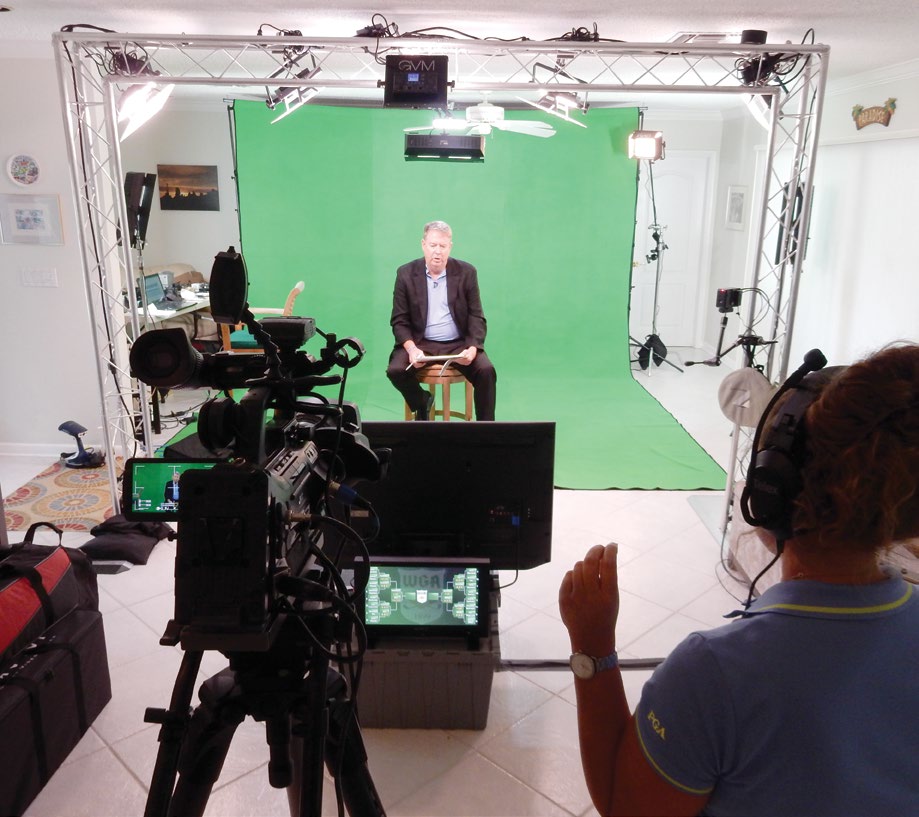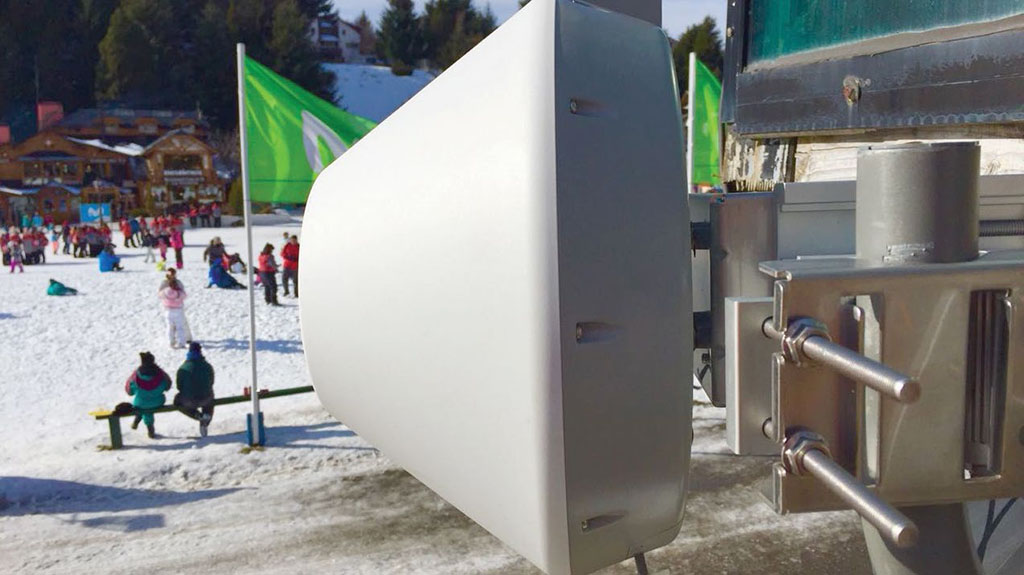The Tangible Changes IP Brings to Live Production
The current shift in live production implementations derives from the dramatic impact of IT across all aspects of daily life. Virtually any professional field of human activity reveals that modern IT technologies are not just augmenting domain-specific methods, but actually replacing them—and media production is no longer an exception.

The entire media landscape is changing because of IT. The tools people use, the way buildings and facilities are designed, and the concept of media installations have all changed.
Internet protocol (IP) is now ubiquitous worldwide and is connecting systems used in daily life. Enormous prior development has gone into ensuring IP handles all relevant data types—and IP has proven it does this very well. By its nature, IP technology efficiently handles any and all data types of interest to media production and distribution. To a network, various formats and protocols are just more ones and zeros, and—it’s vital to appreciate—they are all equally viable.
IP permits working in the protocols and formats that suit current pipeline needs, yet it remains completely open to changing needs, and to standards being extended, merged, or otherwise adapted in the future.
In IP-based production, “on demand” benefits extend to all source types, whether live or recorded, and the more sources available, the greater the creative options. Expending resources only on what is actually needed for a production, while at the same time presenting everything anywhere, benefits media playout, virtual sets, augmented reality, sound reinforcement, and any other area of production that involves processing. All sources can be instantly available anywhere in the pipeline with IP; media introduced into a production can be selected, modified, and updated right up to the point of insertion into the output.
IP offers a more elegant and efficient approach. And the nonlinear nature of IP-based media production unleashes creativity and revolutionizes production workflows.

CHANGING THE DEFINITION OF ‘LIVE’
Get the TV Tech Newsletter
The professional video industry's #1 source for news, trends and product and tech information. Sign up below.
What does this mean in practice? It means productions are evolving beyond the norm. It means a culture of change is taking place at fundamental levels. Today we see productions breaking traditional barriers of not just technology—but also shattering the cap put on creativity by traditional, cable-heavy workflows. Consider a few of the following examples of how IP infrastructure has helped redefine the capabilities of live TV:
• A change in setting has occurred in terms of where a live signal can physically reach. Alma TV in Argentina found a way to broadcast live sports and news from mountain peaks using AV-over-IP infrastructure and a pair of 2.5GB antennas. The wireless network was strong enough to send video and audio over IP using NDI, enabling multiple live camera positions where there was no feasible way to run SDI cabling across the mountain.
• In the U.S., Fishing League Worldwide, broadcasts live from the water during tournaments thanks to a networked workflow where cameras are connected to a cellular mobile hotspot on the boats via a cloud-based streaming service to a studio in Kentucky—no matter the location of the fishing tournament on any given day.
• Production control now no longer has to sit in the same building, campus, or even the same time zone. This might not sound revolutionary to those familiar with utilizing OB trucks at sporting events—but what if you could completely eliminate the costs of such a truck? For years the Western Amateur Golf Championship took place without a broadcast, the budget simply didn’t exist for a full broadcast workflow—no OB truck was on the horizon. That changed in 2018 when operators streamed 12 hours of the tournament online by sending AV signals via an IP pathway to a master control facility 1,300 miles away in South Florida.
• Another change is occurring in terms of scale. While many productions might max out with a small number of inputs, esport broadcasts can demand hundreds of live inputs. The answer is often to utilize network device interface software in the workflow to bring in all IP native inputs.
• In terms of cost, productions are no longer burdened with the capital expense of hundreds—or thousands—of feet in SDI cabling, and dedicated hardware systems that are not scalable. Nor are they burdened with the travel expenses or set up time when productions go on the road.
• Perhaps the more impressive connection between all these stories is an expansion of creativity. Productions are no longer hampered by limits on video inputs, camera positions, or cable runs. Now, any video source can be captured and cameras can be deployed far more freely. The IP workflow opens up the palette of tools with which video workflows can tell stories.
CREATIVE REFLEX WITH IP
The above examples are a taste of this production revolution—the shift from creative plan to creative reflex. IP offers liberation from the traditional production model, permitting the entire process to be handled on location and across locations with far more ease than organizations have been accustomed to in the past.
The technologies and examples mentioned here can help with the process of moving to IP production. IP-based technologies and software tools exist—even at no charge. The next step to discovering these enabling technologies is to connect with digital media manufacturers and suppliers and ask them what they offer for moving toward IP, or moving further into IP, and what they are able to enable. Ask them for specific examples of new, creative, and exciting workflows that empower different and unique productions.
Something new emerges in storytelling when source devices are able to communicate directly with receiving devices. Storytelling suddenly has more options available at any given time, and the evolution of the media industry continues to be redefined not only in terms of the devices and processes used to tell stories through media, but by the accessibility provided to the people telling them.
Matt Allard is Product Marketing Manager for Vizrt Group.
